Mercedes-Benz Classe S 2013
quanto ti piace la Mercedes-Benz Classe S 2013?
74 voti
-
1. quanto ti piace la Mercedes-Benz Classe S 2013?
-
• Molto25
-
• Abbastanza25
-
• Poco19
-
• Per niente6
-
- Si prega di accedere o registrarsi per votare a questo sondaggio.

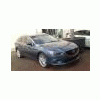






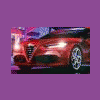
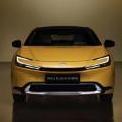
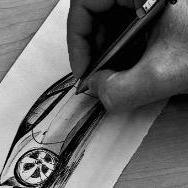



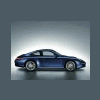
.thumb.jpg.d20c5008a881490f9c7f843d442a34f8.jpg)






Messaggi Raccomandati:
Crea un account o accedi per lasciare un commento
Devi essere iscritto per commentare e visualizzare le sezioni protette!
Crea un account
Iscriviti nella nostra community. È facile!
Registra un nuovo accountAccedi
Sei già registrato? Accedi qui.
Accedi Ora